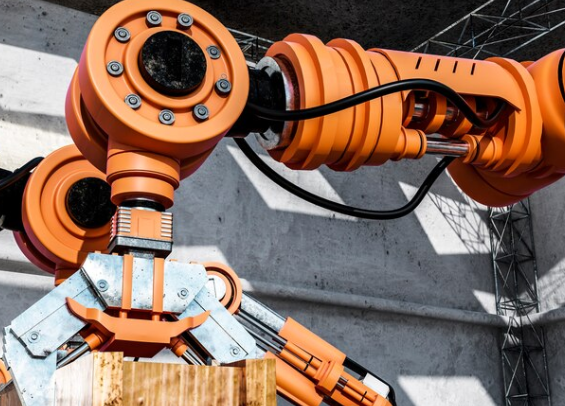In the dynamic world of industrial machinery, energy efficiency is a paramount concern. As industries strive to reduce their environmental footprint and operational costs, technological advancements play a pivotal role. One such innovation that has significantly impacted energy efficiency is the adoption of variable displacement hydraulic motor. These motors have revolutionized the way hydraulic systems operate, providing a more sustainable and cost-effective solution for various applications.
Understanding Variable Displacement Hydraulic Motors
Hydraulic motors are essential components in countless industrial applications, ranging from construction equipment to manufacturing machinery. Traditional fixed displacement hydraulic motors operate at a constant speed, leading to energy wastage during periods of lower demand. Variable displacement hydraulic motors address this inefficiency by allowing the adjustment of displacement according to the load requirements.
Energy Efficiency Through Adaptive Performance
The primary advantage of variable displacement hydraulic motors lies in their ability to adapt to changing operational conditions. Unlike fixed displacement motors, these motors can vary the flow of hydraulic fluid based on the load, optimizing energy consumption. When the demand for power is low, the motor automatically reduces its displacement, resulting in lower energy consumption and decreased fuel usage in mobile applications.
Reducing Heat Generation
Another noteworthy impact of variable displacement hydraulic motors on energy efficiency is the reduction in heat generation. Traditional fixed displacement motors may generate excess heat during periods of low demand, leading to energy losses and potential damage to the hydraulic system. Variable displacement motors, on the other hand, minimize heat production by adjusting the flow to match the load, promoting overall system efficiency and longevity.
Enhancing System Control and Precision
Variable displacement hydraulic motors contribute to improved system control and precision. By adjusting the motor displacement, operators can finely control the speed and torque of the machinery, optimizing performance for specific tasks. This level of control not only increases productivity but also ensures that energy is used efficiently, reducing unnecessary wear and tear on the equipment.
Applications Across Industries
The impact of variable displacement hydraulic motors is evident across various industries. In construction, for example, heavy machinery equipped with these motors can achieve higher levels of efficiency and productivity. Agricultural equipment, such as tractors and harvesters, also benefits from the adaptability of variable displacement motors, allowing for precise control during planting, harvesting, and other critical tasks.
In manufacturing, where precision and efficiency are paramount, variable displacement hydraulic motors find applications in conveyor systems, robotic arms, and other automated processes. The ability to fine-tune motor performance to match the specific requirements of each task contributes to overall energy savings and operational excellence.
Environmental and Economic Benefits
The adoption of variable displacement hydraulic motors aligns with the global push for sustainable practices. By reducing energy consumption and minimizing waste, industries contribute to a greener future. The economic benefits are also substantial, as energy-efficient systems result in lower operational costs over time, offsetting the initial investment in upgrading hydraulic systems.
Conclusion
In conclusion, the impact of variable displacement hydraulic motors on energy efficiency cannot be overstated. These innovative motors have transformed the landscape of hydraulic systems by providing adaptability, precision, and sustainability. Industries that embrace this technology experience reduced energy consumption, lower operating costs, and a positive environmental impact. As technology continues to advance, the widespread adoption of variable displacement hydraulic motors is likely to play a crucial role in shaping a more energy-efficient and sustainable industrial landscape.


